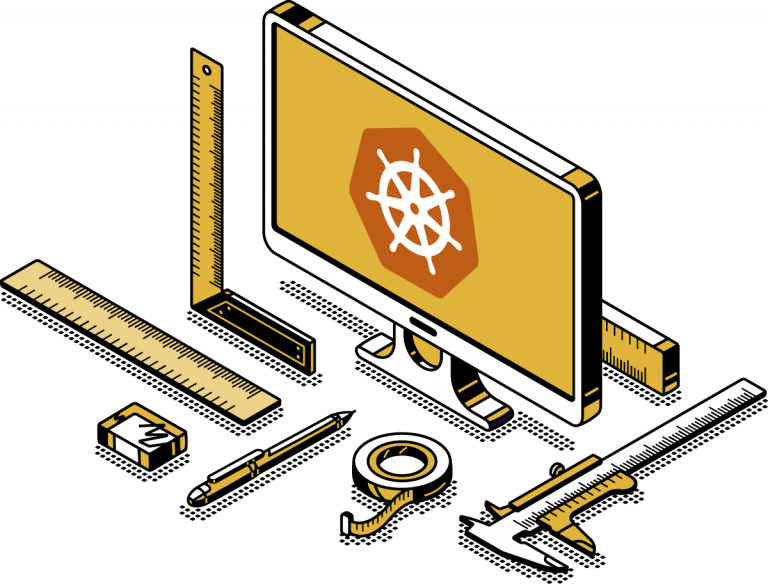
When it comes to managing a Kubernetes cluster, having the right tools in your arsenal can make a world of difference. It’s has a big impact regarding the general complexity of the management, the scalability, the monitoring and the security. In this article, we’ll explore some essential tools that can elevate your Kubernetes experience.
Let’s start with Lens – a feature-rich Kubernetes IDE. Lens provides a comprehensive and intuitive interface for interacting with your Kubernetes environment. With its powerful visualizations, streamlined workflows, and enhanced observability, Lens empowers developers and administrators to navigate and manage their clusters effortlessly. From exploring resources and debugging issues to monitoring performance and scaling applications, Lens offers a centralized hub for efficient cluster management.
Additionally, I highly recommend utilizing the Lens Trivy extension to enhance your Kubernetes cluster’s security, when trivy is installed within the cluster. Trivy is an open-source vulnerability scanner that helps identify potential security issues in your container images and Kubernetes deployments. By integrating the Lens Trivy extension into your workflow, you can easily perform audits on your images and receive detailed vulnerability reports directly within the Lens IDE.
If you want to use a web-based solution I can recommend kubernetes dashboard.
Two other plugins didn’t make my list:
Rancher/Rancher is too resource intensive and has compatibility problems. It also strongly violates my no-click-ops principle and the naming is confusing.
Portainer does not have enough features in my opinion.
Next on our journey to streamline operations is SOPS, a game-changer for secret management in Kubernetes. SOPS allows you to securely store and manage sensitive information within your repo. It simplifies the process of encrypting and decrypting secrets, ensuring that confidential data remains protected at rest and in transit. With SOPS, you can seamlessly integrate secret management into your workflows, enhancing security and compliance within your Kubernetes infrastructure.
Currently, I can only recommend it for an env which has a lot of secrets and/or high fluctuation like Kubernetes. This is especially true for a new cluster.
CI/CD/GitOps
While tooling plays a vital role, it’s important to address the challenges of Continuous Integration and Continuous Deployment (CI/CD) in a Kubernetes environment. In some cases, organizations may find themselves in a phase of intense experimentation, exploring different configurations and setups.
This experimentation can hinder the adoption of deployment automation. Currently, there might be no CI/CD in place due to the need for flexibility and rapid iteration. However, as the experimentation phase stabilizes, the potential for introducing deployment automation and leveraging custom software becomes more viable.
Links & further reading:

Alptuğ Dingil
Alptuğ joined Inspired in 2022 as a software engineer. Besides his customer projects he's always looking for a new challenge. So lately he got engaged with Kubernetes and the configuration of a DIY cluster and got certified as a Google professional cloud architect.





